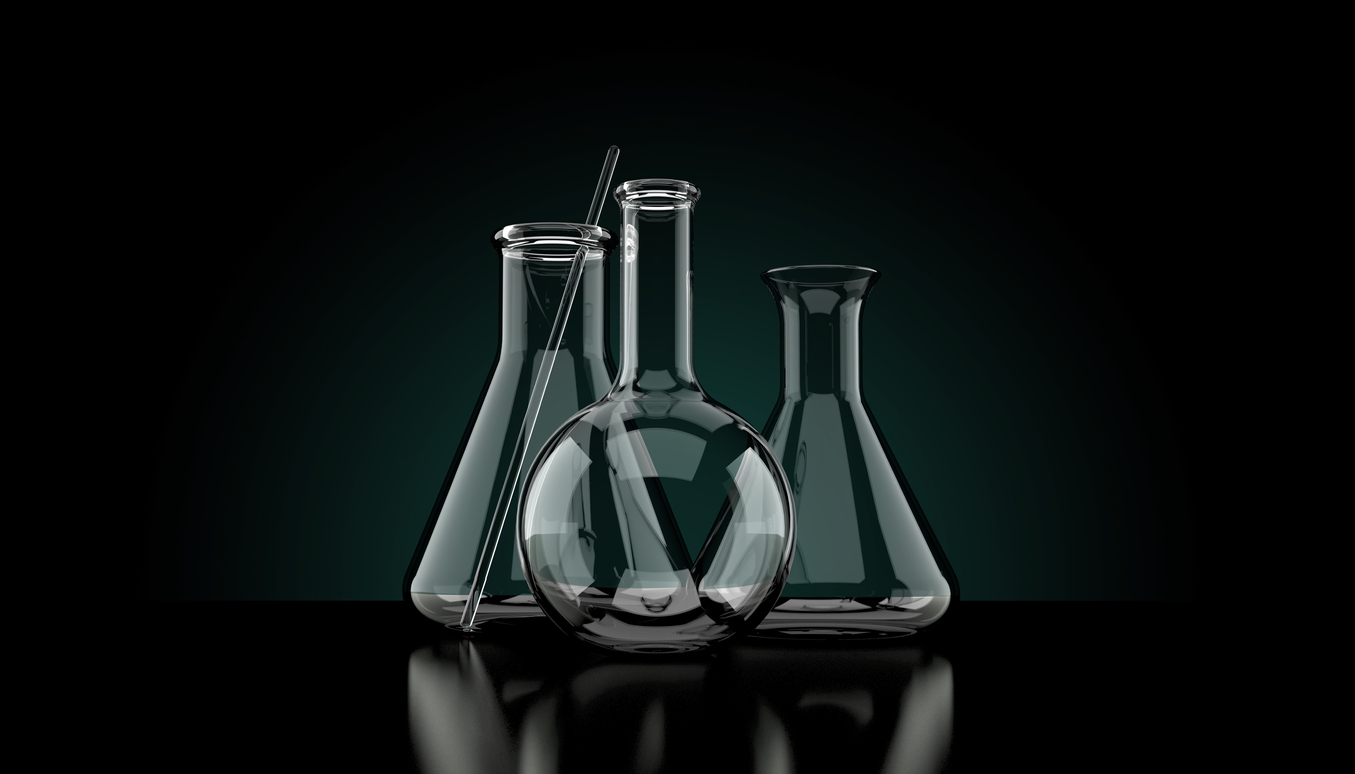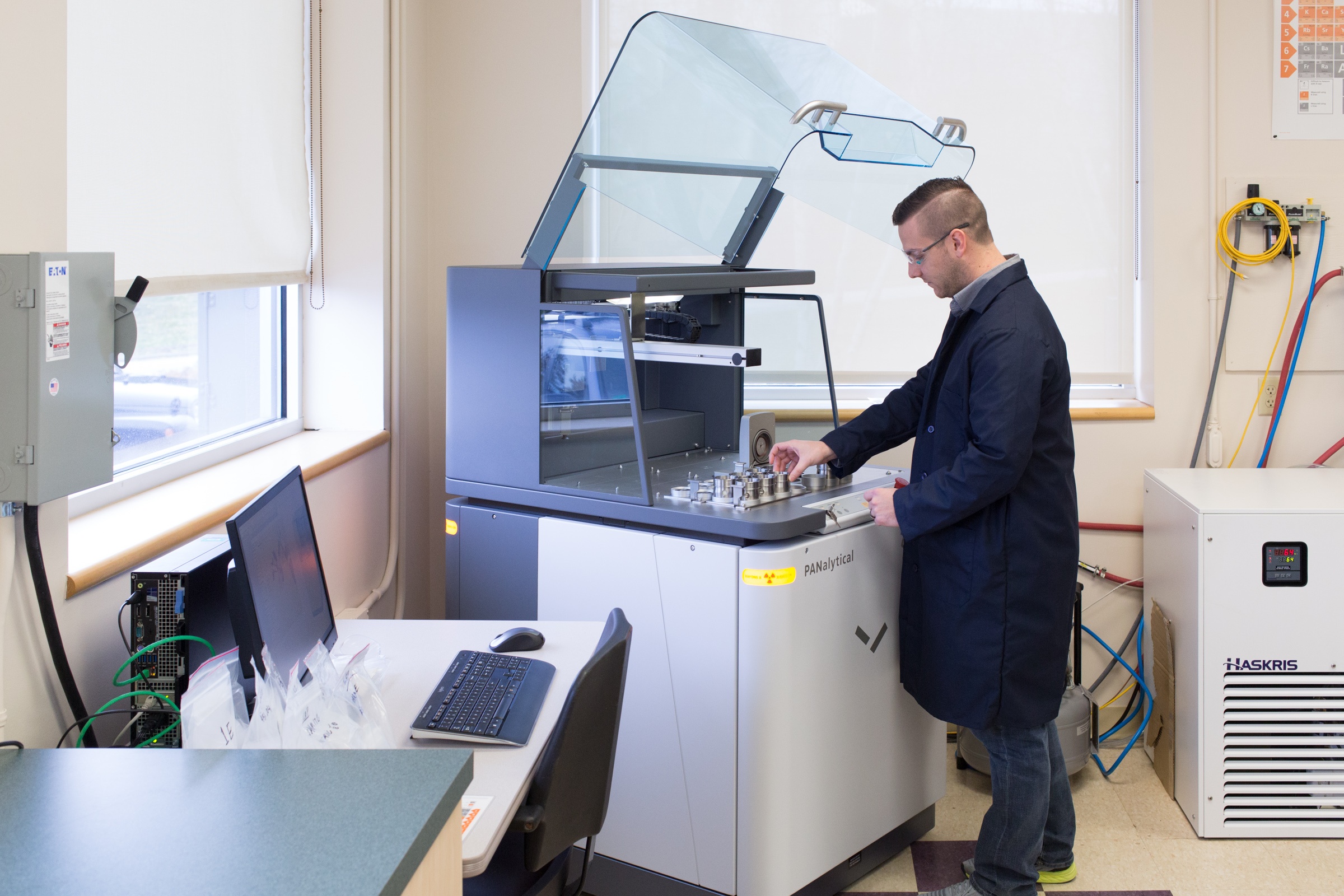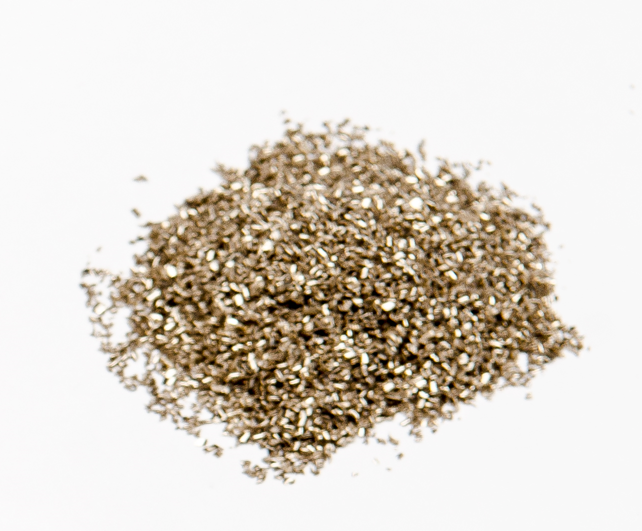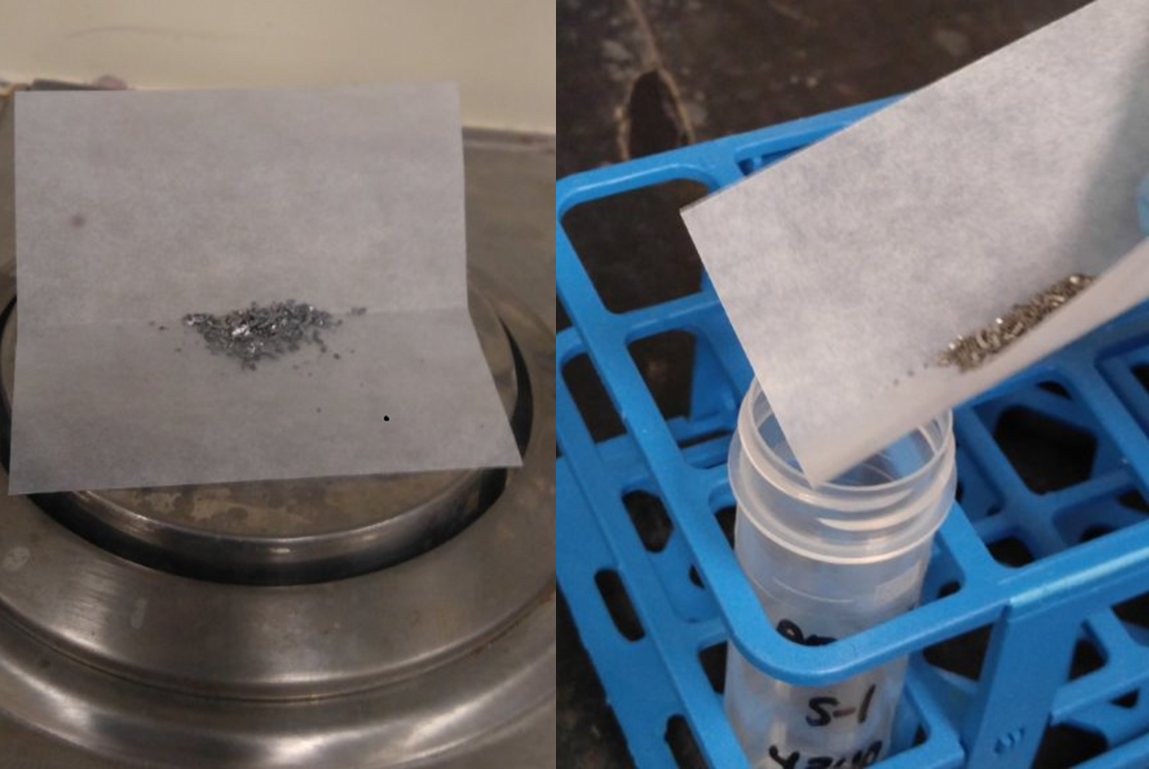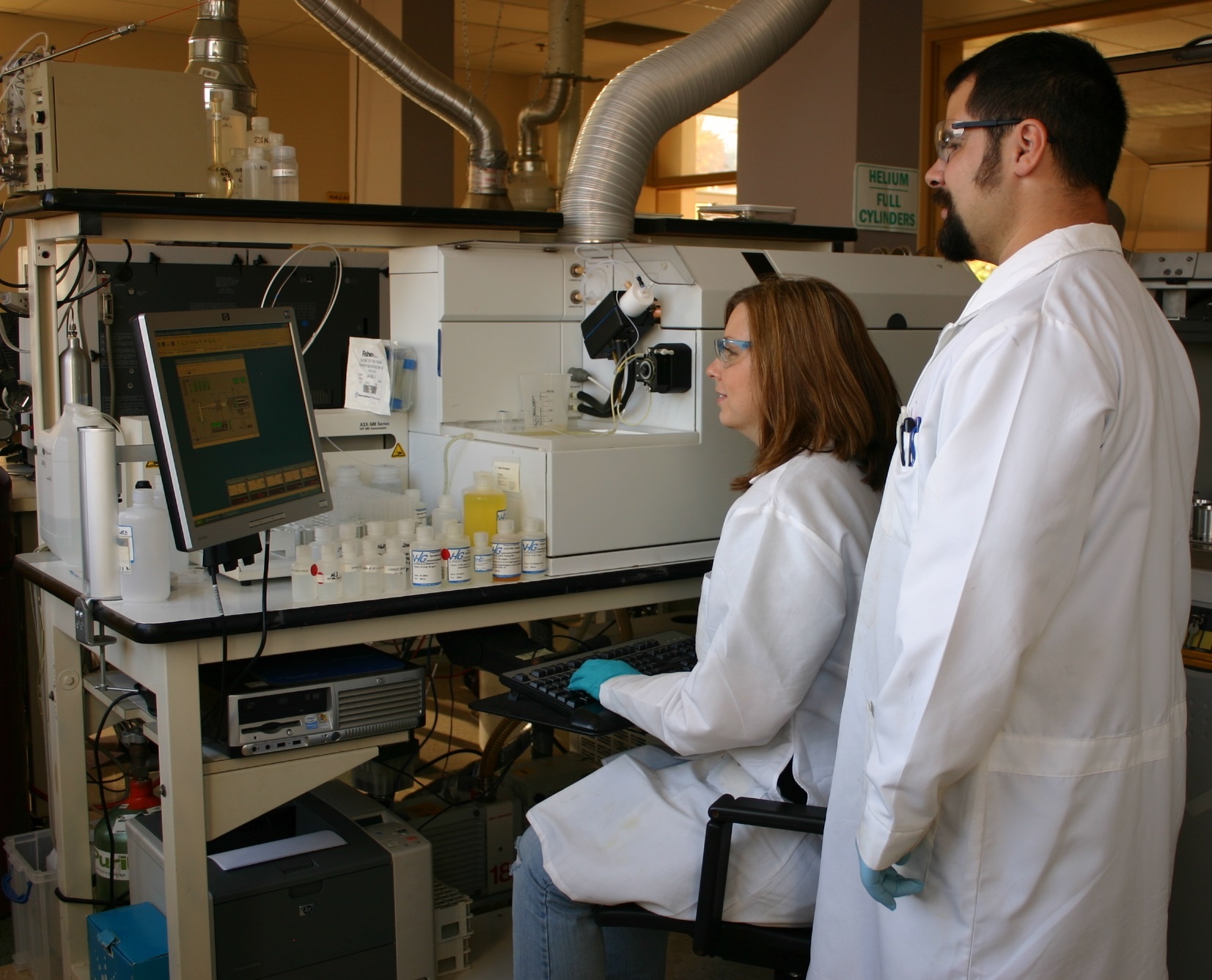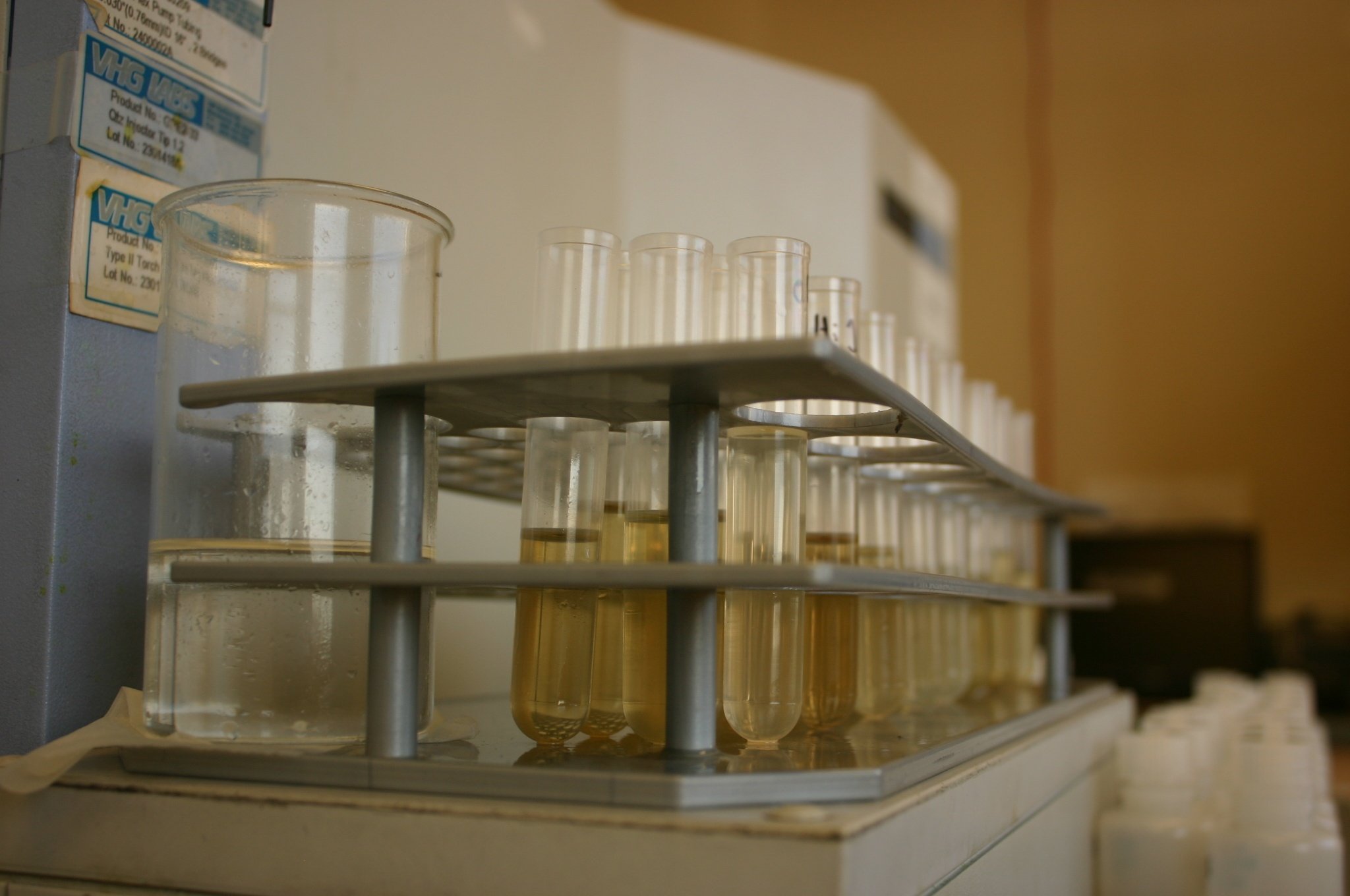An ICP-MS system will operate and deliver numerical data even if not set up correctly or operating at expected levels. As discussed in a previous blog, Improve your ICP-OES Performance by using an Internal Standard, internal standards can be used to compensate for a variety of factors that degrade analytical performance, however, proper instrument set-up is core to data integrity. As a result, tuning of ICP-MS instruments is considered by most users to be a daily, if not more frequent, activity, and a prerequisite for achieving accurate results. Best practices dictate, and many standard methods require, that a sample sequence begin with an optimization block, during which a tuning solution is used to set-up the instrument.

